Just like us, people in Central America and the Dominican Republic are eagerly anticipating Christmas. In mid-December, the region prepares for a variety of festivals, in which Christian, Mayan and Garífuna customs and traditions coexist. Christmas in Belize, Costa Rica, El Salvador, Guatemala, Honduras, Nicaragua, Panama and the Dominican Republic is already very different in one aspect than in the Netherlands:the average temperature is 26 degrees because Christmas falls in the summer. But you will not find Christmas stollen either. An anthology of different Christmas traditions.
Christmas Ambassador in Honduras
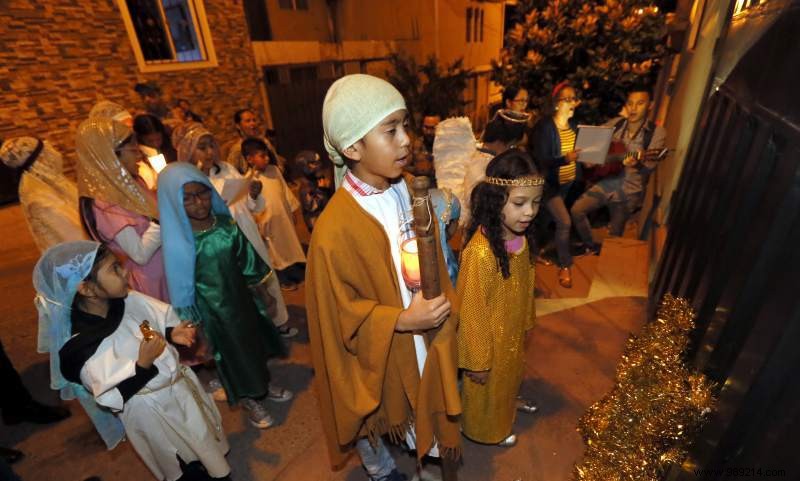
In Honduras, the Christmas Ambassador “Warini”, according to the Garífuna tradition, accompanied by singers and drummers and dances from house to house. Tradition governs these festivals and therefore Catholic Christians still perform in many communities, especially in the interior. An important part of all the festivities is the Posada procession – similar to the pilgrimage that José and María made from Nazareth to Bethlehem in search of a place to stay. This tradition starts a few days before December 24 and the host families welcome the participants with traditional snacks. Moreover, the night of December 31 is dedicated to the burning of the old year, dolls ('maniquis') made from old clothes and newspaper are reduced to ashes, symbolically charring all the bad of the past year.
Horse Parade in Costa Rica
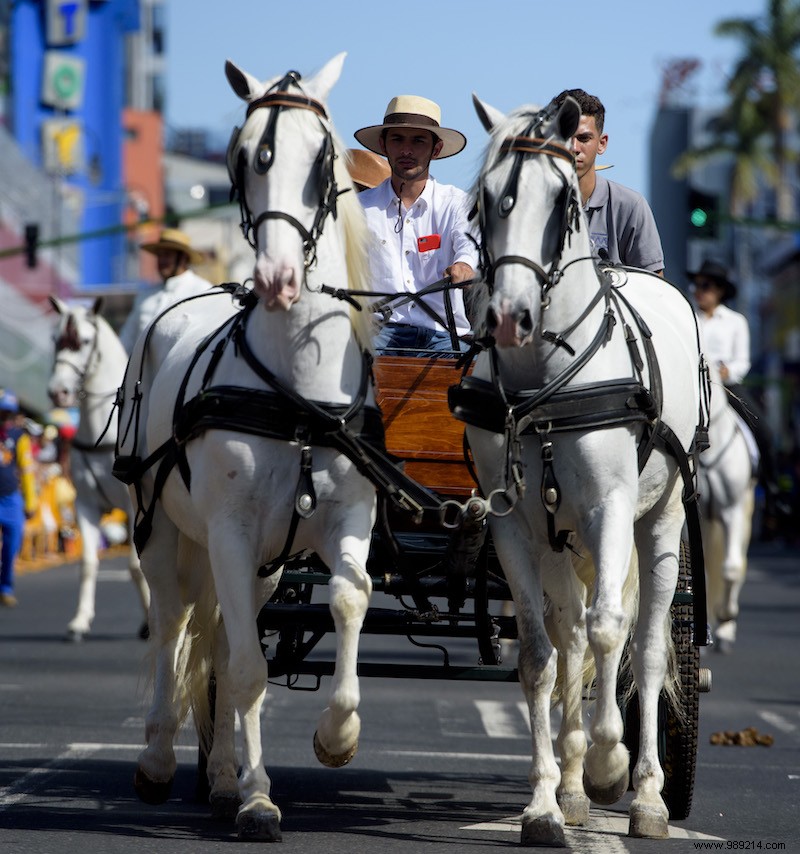
Several colorful 'posadas' (parades) are organised, including the “festival de la Luz ” (Festival of Lights), which is celebrated on the second Saturday of December in San José. It officially marks the beginning of Christmas for the Josefinos as Costa Ricans are called. This festival includes parades with floats, masquerades, live music and fireworks.
Another highlight is the horse parade “El Gran Tope Nacional”, where thousands of riders pass through the capital San José on December 26. Their special gait makes the horses appear to be dancing. A typical Costa Rican dish is 'tamal', a dough of corn and crushed potatoes with chicken or pork.
The devil burns in Guatemala
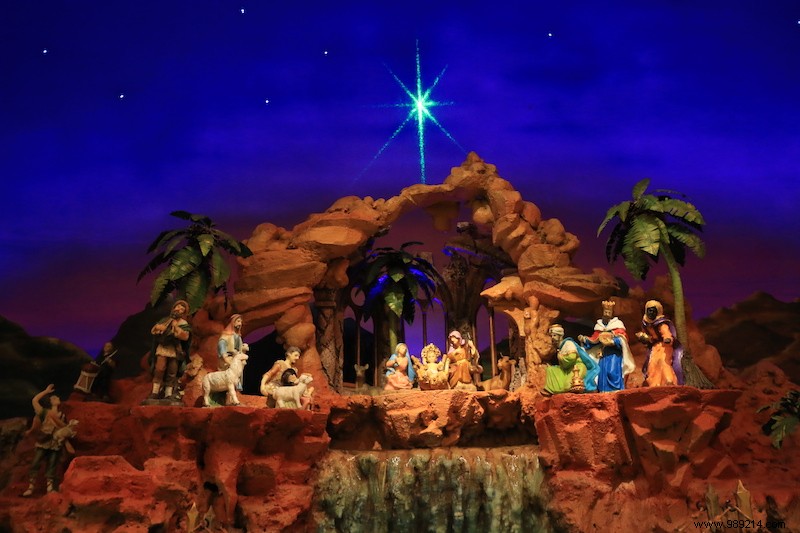
On December 7, Guatemala traditionally celebrates the “Quema de Diablo” or the burning of the devil by burning cardboard piñatas (brightly colored dolls made from cardboard or paper marché). This tradition has a religious background and is related to the burning of witches and heretics in the Middle Ages. The Christmas season is celebrated with fireworks throughout December. Fire is seen as a purifying element. Thus, the Mayans celebrate the winter solstice from November to December 23, and that same day they celebrate the victory of the sun “Hun Ajpú” over darkness.
In some places, such as Huehuetenango, it is customary to place tamales on the altar and clay crafts in the houses. Songs and prayers are accompanied by native instruments such as the ayotl, made from turtle shells, leather drums and 'chinchines' – metal castanets.
Creole Christmas Soup in Nicaragua
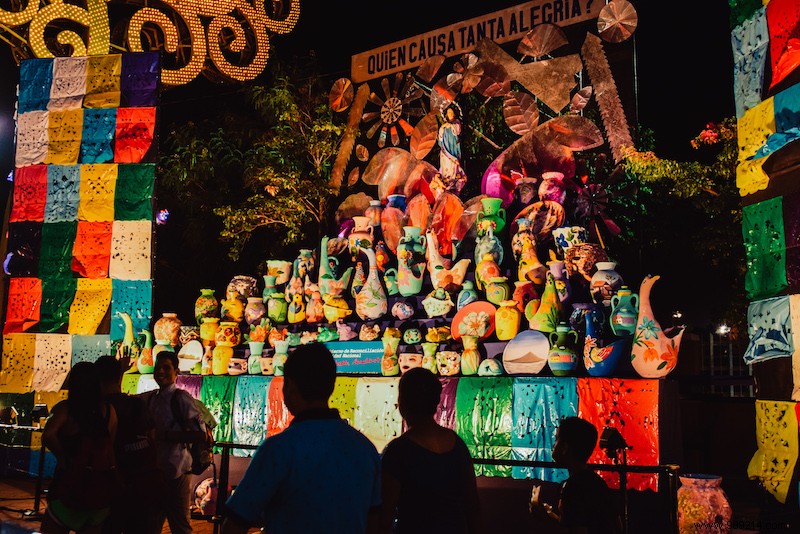
La Purísima takes over December Nicaragua:a religious festival honoring the Virgin Mary. Many Nicaragua residents place an altar in their home with her image and during 'La Griteria' on December 7, groups of people walk from house to house and sing "Quien causa tanta alegria?" to which the homeowner replies, “La Concepcion de Maria!”
Like many other Central American countries, Christmas Eve is not eaten until after midnight after Catholic Mass in Nicaragua. In Bluefields, on the Caribbean coast, there is another special Creole tradition:people invite you for a meat soup. To welcome the new year, Nicaraguans make dolls filled with gunpowder and made from old clothes, symbolically burning the old year.
Dances and pageants in Belize
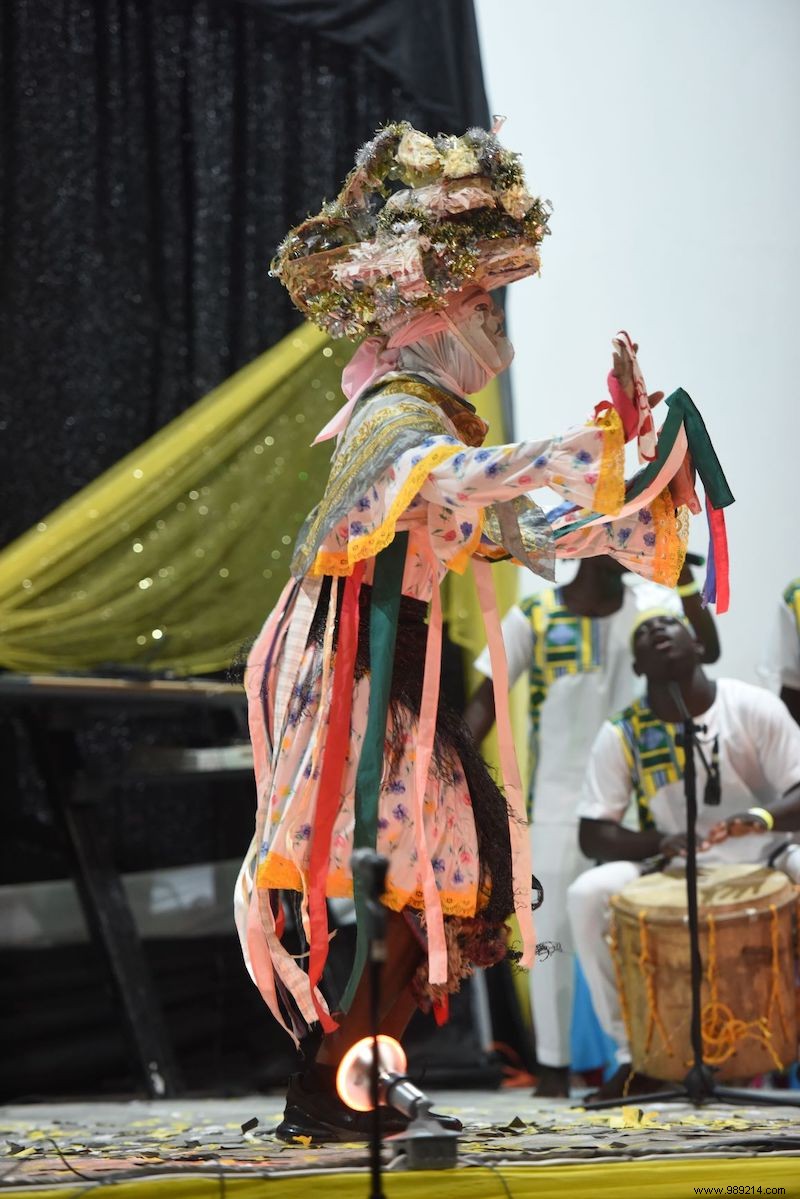
This country mixed Creole and Garífuna (an ethnic people native to Saint Vincent) cultures during the Christmas celebrations:El Bram de Navidad is a festival where people dance, play music and sing in the street, brightening up the atmosphere:the Garifuna Jankunu dance – the dancers wear masks with top hats. In Belize, Christmas Eve candies are also prepared ahead of time so that they can absorb all the flavor of the Belizean rum they are usually impregnated with.
El Salvador – New Clothes for the Holidays
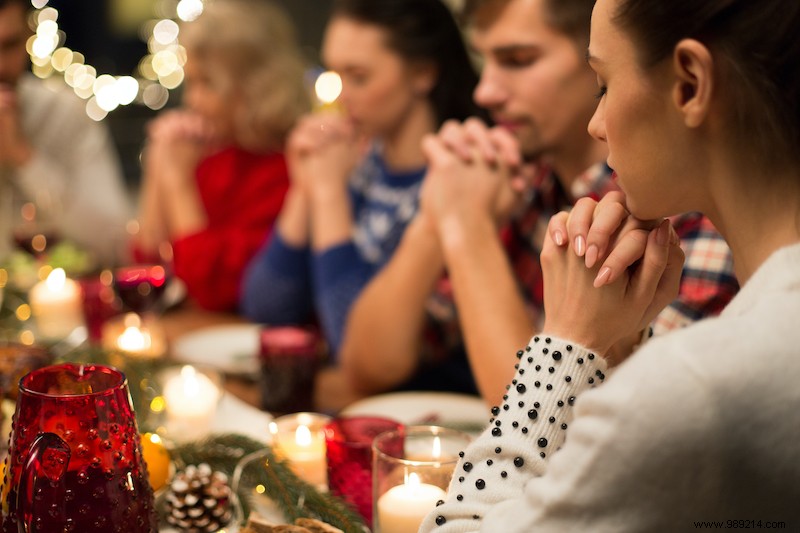
Christmas Eve is celebrated with family and friends. The chicken, turkey, and tamales are usually accompanied by a delicious punch or hot chocolate. At midnight, Christmas is greeted with stuffed animals and gifts placed under the tree. New clothing for Christmas and New Year is one of the traditions of this country. Salvadorans flock to markets and shops in the days before Christmas to buy the latest fashion. The burning of gunpowder on Christmas night and the fireworks displays are also part of these festivals, even days before they start. And many families make 'Los Naciminientos' - nativity scenes at home.
Posadas in Panama
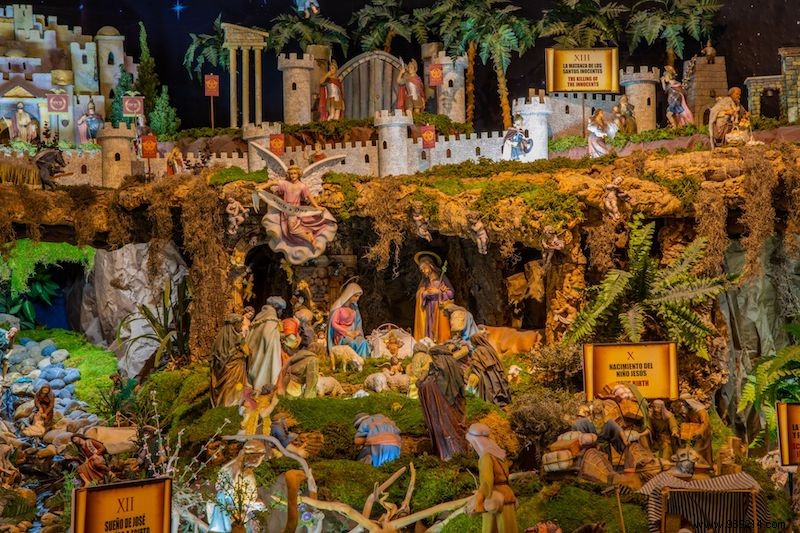
Christmas trees, to Christmas, nativity scenes, Christmas dinners, in that respect there is not much difference from how we celebrate Christmas. But a special tradition is the so-called 'posadas', processions in which children dress up as Joseph and Mary and walk in procession from house to house to sing popular Christmas carols, where they are offered sweets and refreshments. Also nice:when you walk around your house with a suitcase on New Year's Eve, you look forward to a wanderlust new year.
A Christmas tree but different – the Dominican Republic k
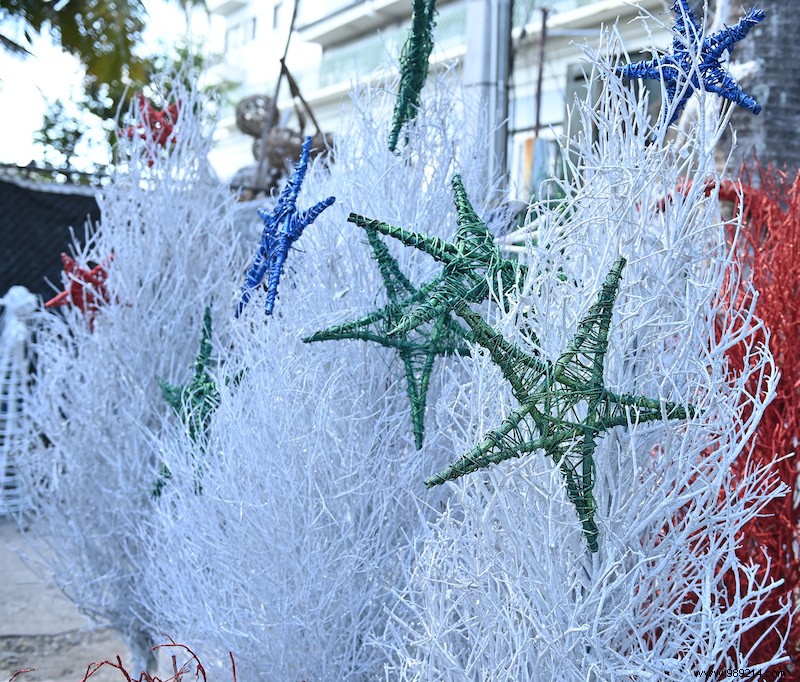
The Dominican Christmas tree is called Charamico and of course it is not a conifer because they do not grow there. They are often dry branches painted white or other colors and decorated with balls and reindeer or other objects. The Aguinaldos and Angelitos are different traditions. The Aguinaldo is a gathering of friends where, to the rhythm of the tambora, accordion and güira (a typical Central American musical instrument), Christmas songs are sung and hot chocolate, ginger tea, coffee, biscuits or bread are served. El Angelito consists of exchanging gifts between colleagues, friends or family, even between children in schools. On Christmas Eve and New Year's dinners, the table is dominated by Telera – a Christmas bread with ingredients such as rum and anise, roast pork, chicken, pigeon peas, turkey, Russian salad, empanadas, and 'pasteles en hoja' – a plantain dough with meat and coated in banana leaf.